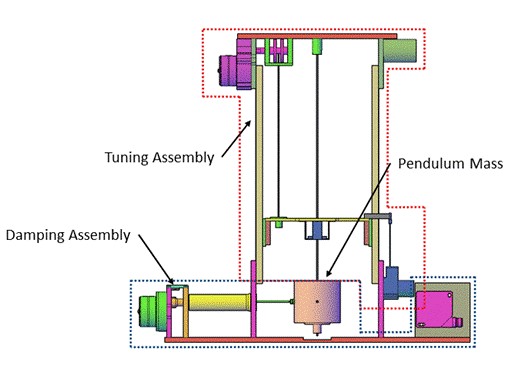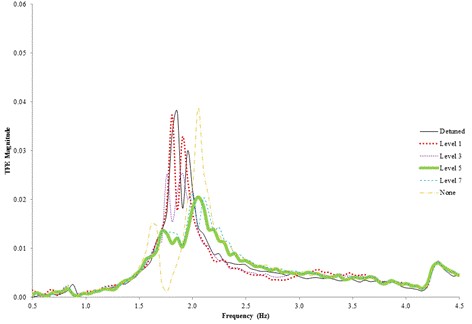It is well known that the addition of damping reduces the dynamic response of flexible structures. What is not well understood is the uncertainty surrounding its performance in full-scale structures, and its potential as an effective retrofit method.
We are working on two main aspects related to damping:
(a) issues in their design and quantifying the uncertainty in their performance when implemented as retrofit measures, and
(b) development and testing of adaptive passive systems where it is possible to adjust the level of damping, and hence their performance, in response to the operational demands and uncertainty.
In this respect, two examples are shown below:
(1) A recent study on retrofit of highway bridges in the seismically active region of Ontario (Figure 1a and Figure 1b)
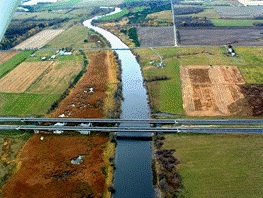
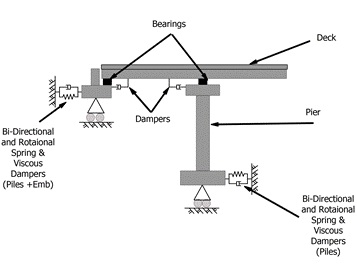
(2) Tests we have conducted on an adjustable damping device manufactured by Taylor Devices®.
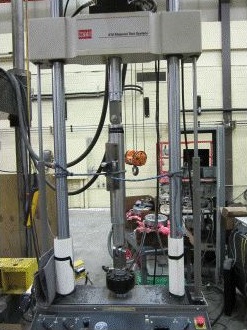
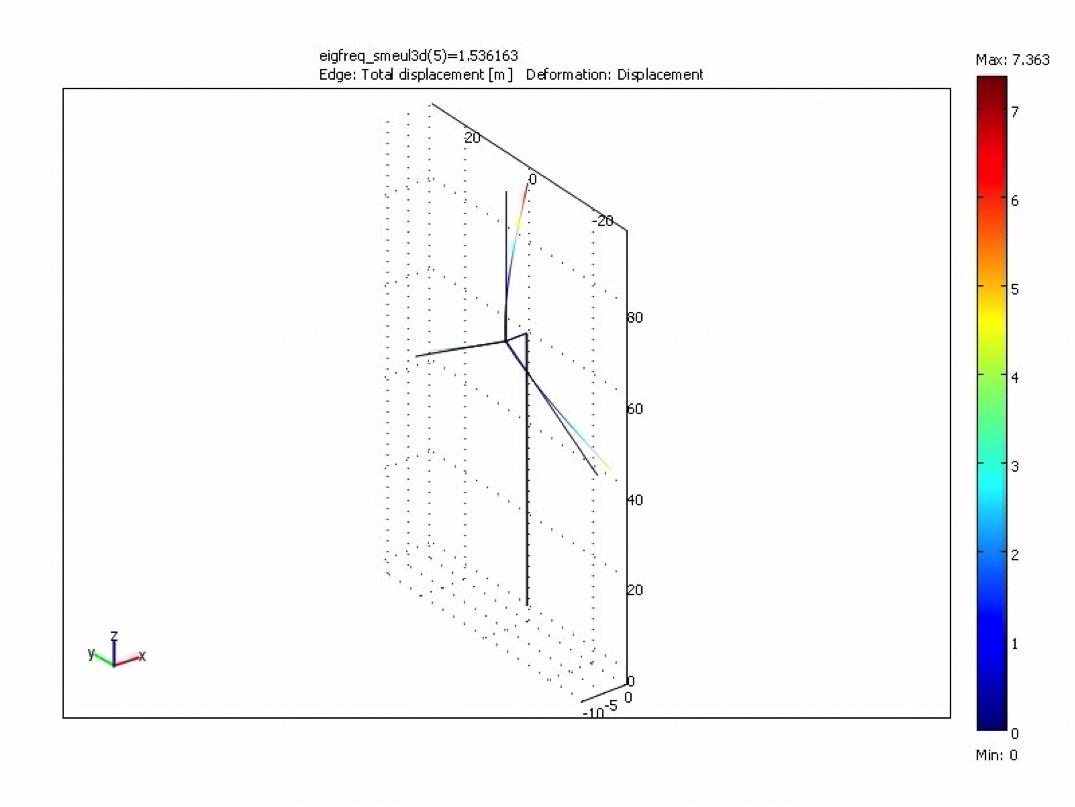
Research in our group has also demonstrated the potential of using seismic base isolation as an effective measure to reduce the response of large wind turbines. The main results from these studies indicate that the performance of damping systems are influenced by a number of factors such as soil and foundation characteristics, damping model behaviour and placement. In order to develop effective design and retrofit solutions using these devices, it is critical that we account for these effects and do not oversimplify them when evaluating the system.
Tuned mass dampers have proven themselves to be extremely effective in mitigating narrow-band responses in structures, such as those caused by wind and machinery loads. However, detuning, resulting from deterioration, inadvertent changes to structure properties, and design forecasting can lead to a significant loss of performance in tuned mass dampers. To overcome this issue, we have developed an adaptive pendulum tuned mass damper (APTMD). The APTMD is a three-dimensional pendulum, augmented with a tuning frame to adjust its natural frequency and two adjustable air dampers to adjust its damping.This system has been shown to be effective in mitigating the responses of flexible structures while achieving better performance than its passive counterparts in detuned conditions.
